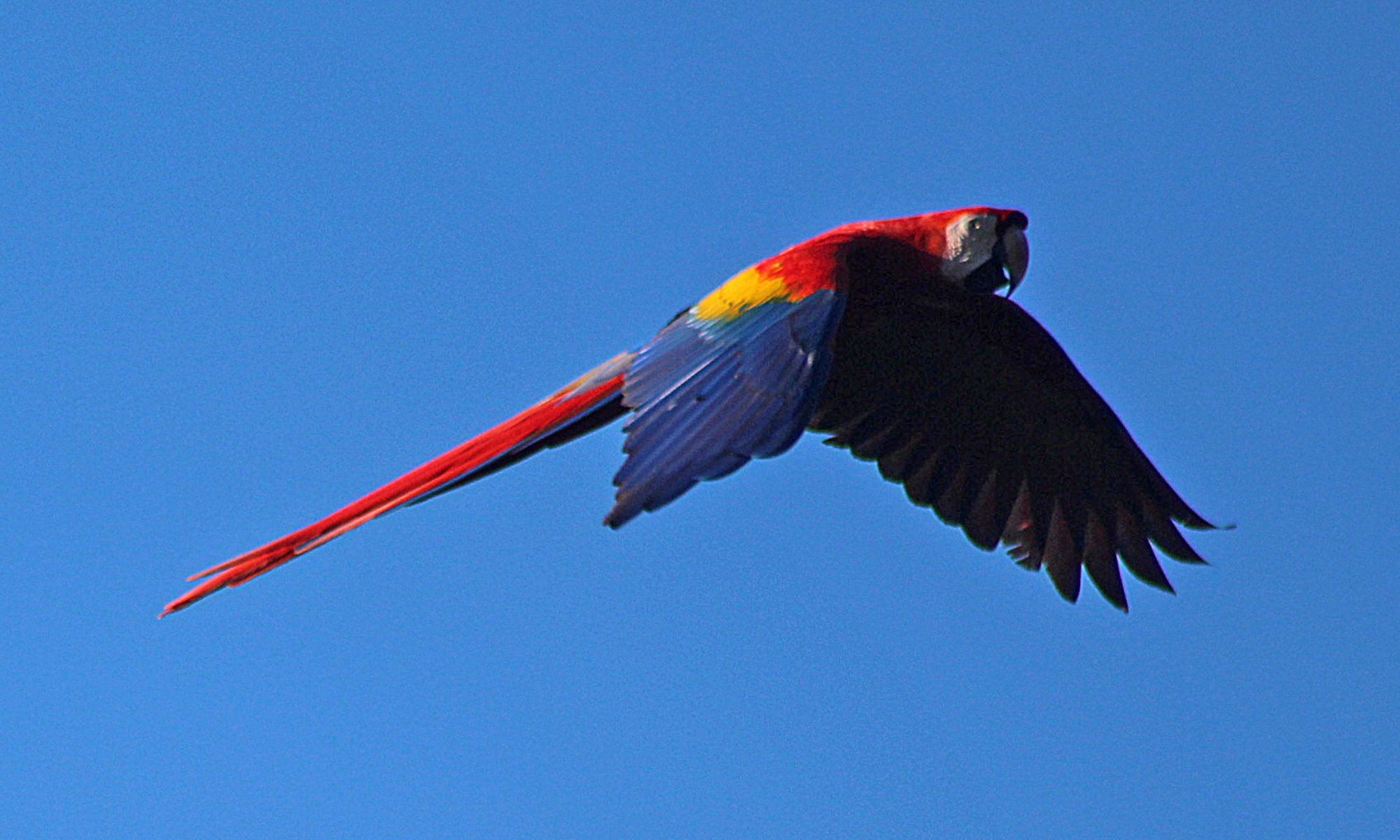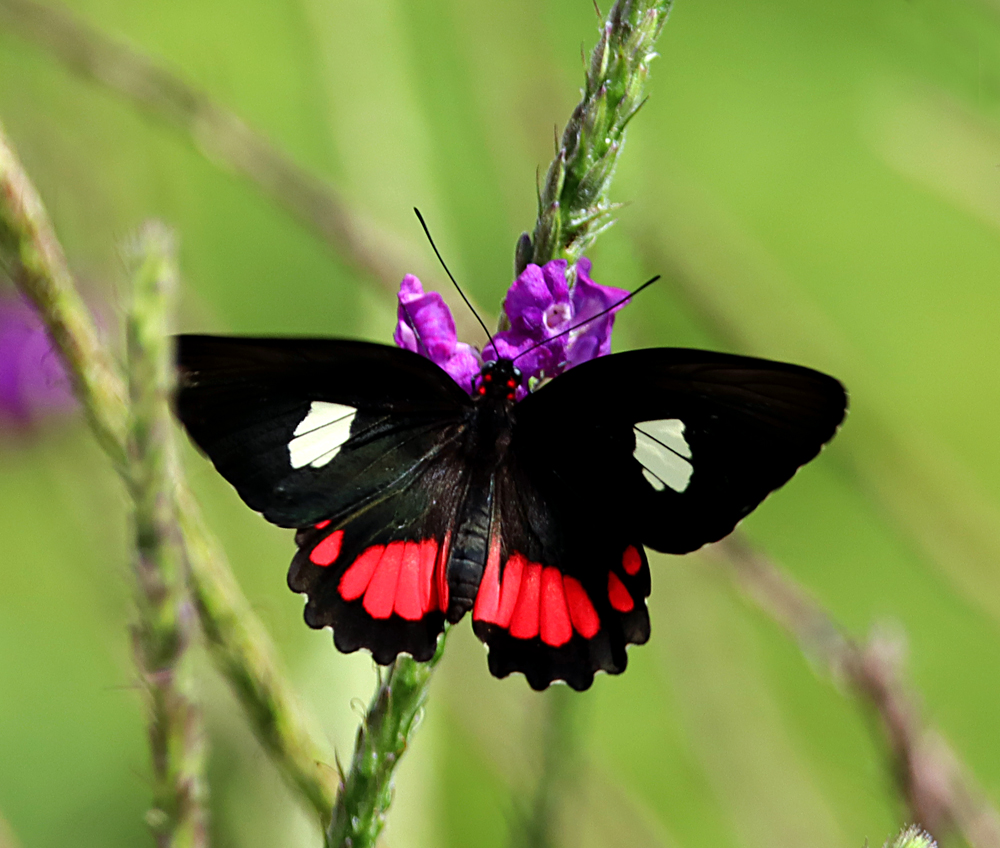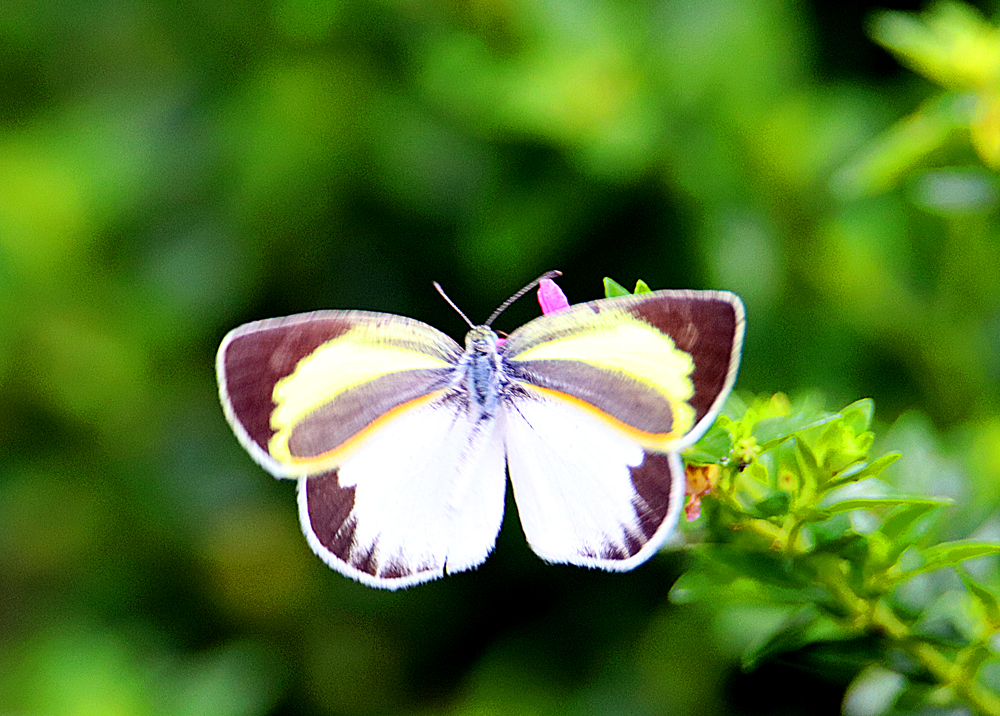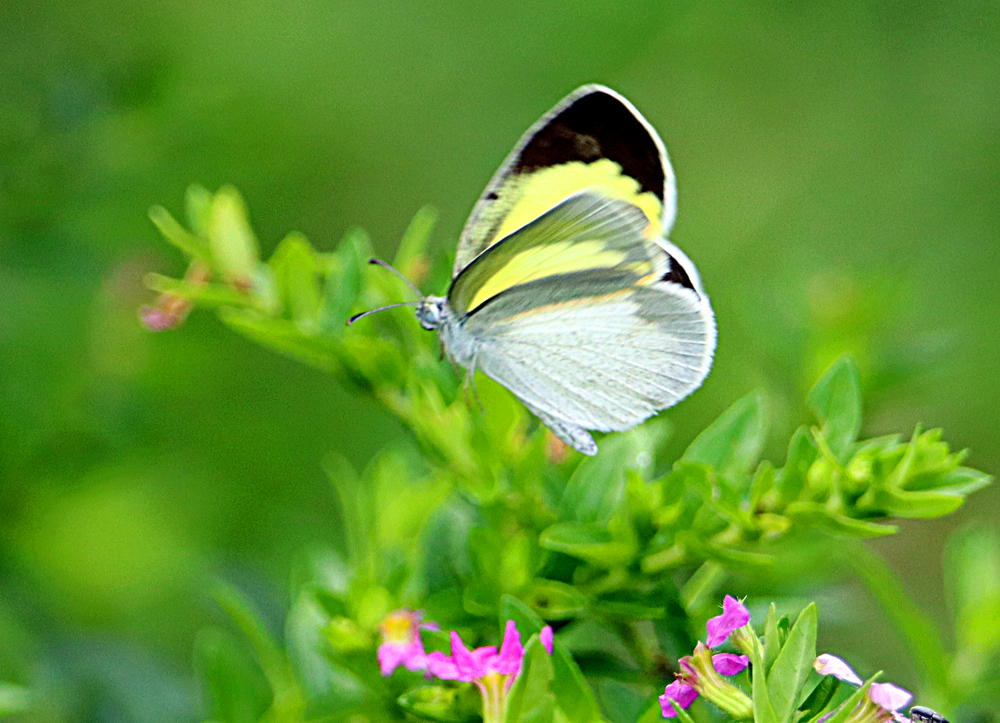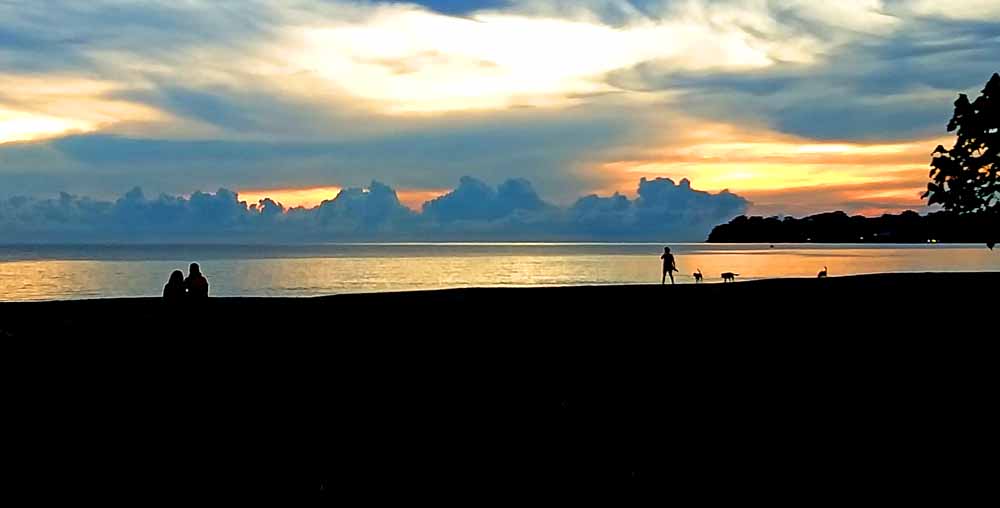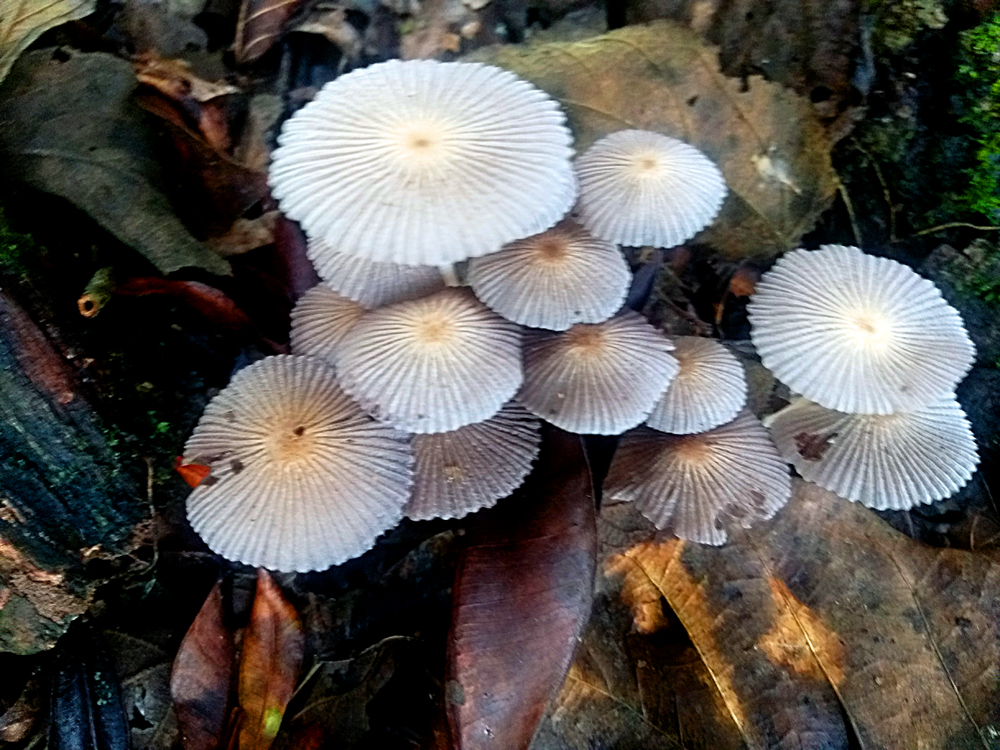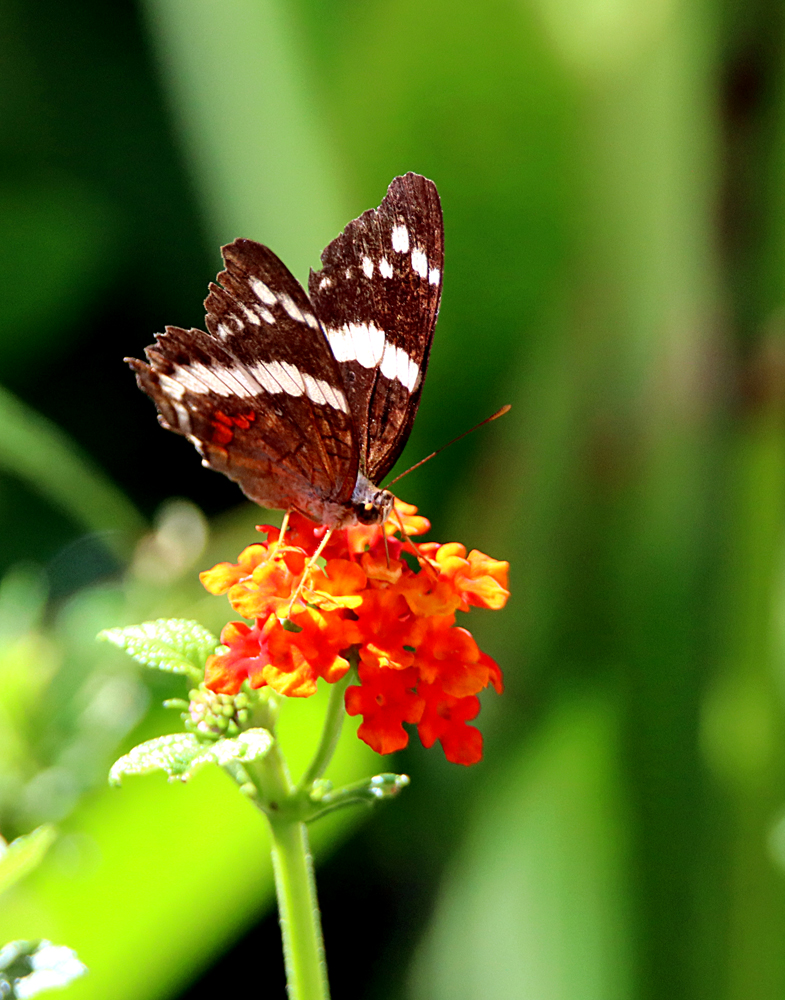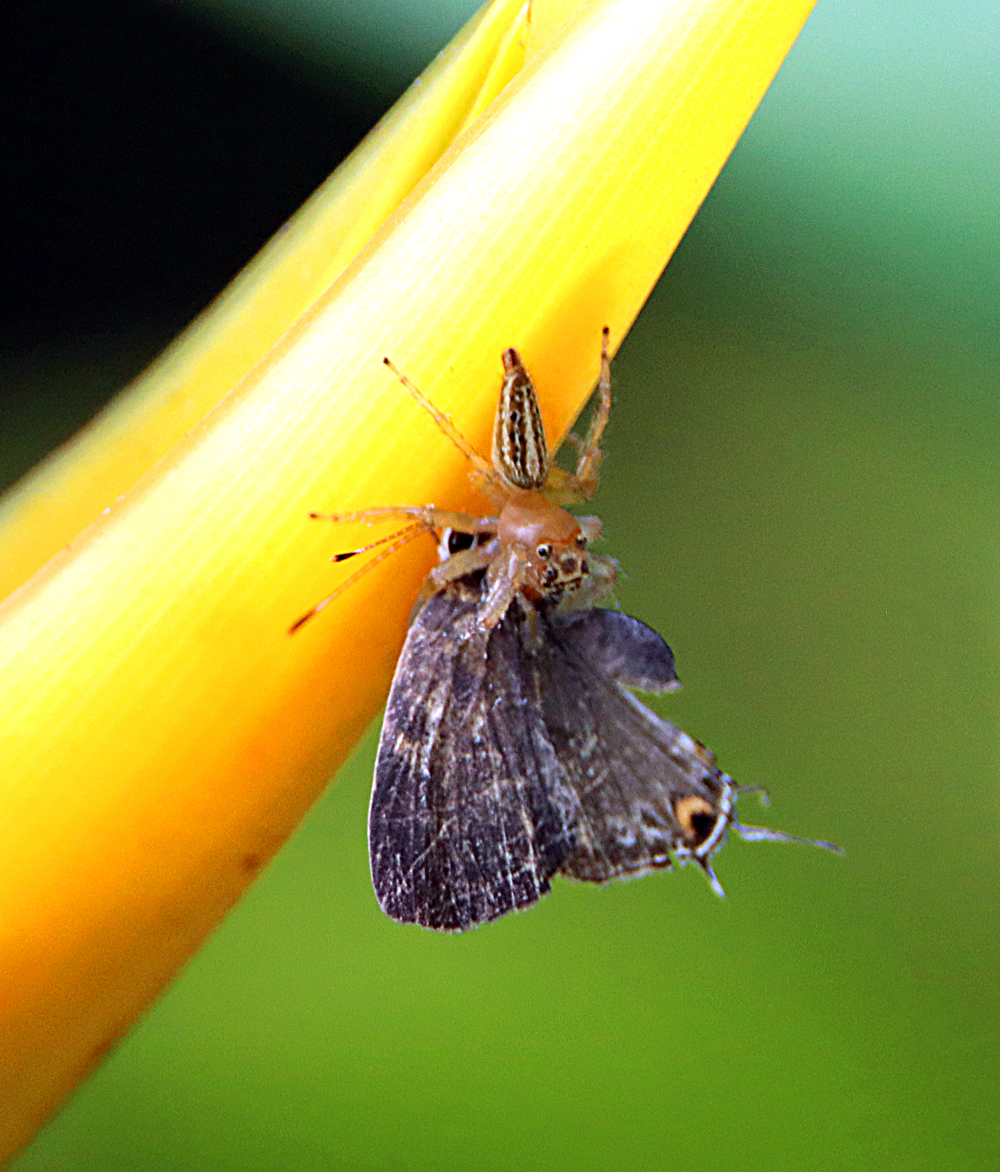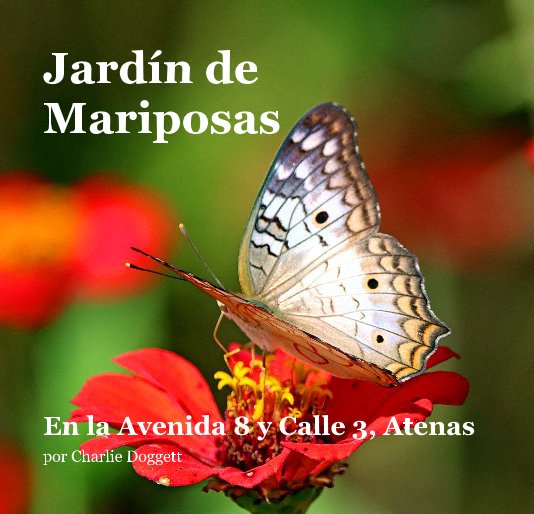This first day of butterflies will be 4 I photographed on the Arena Observatory Lodge property with the preferred 2-shots: spreadwing & folded wing. Of course they don’t always cooperate for those two views helpful in identification! 🙂
My 2022 in Photos
From the top of a volcano to the mangroves at the ocean’s edge and even in the tiny garden behind my casita, I’ve daily photographed nature for 8 years here and called that photography “Nature as Art!” and shared it in this blog. 🙂
I like this Collins Online Dictionary definition:
Nature is all the animals, plants, and other things in the world that are not made by people, and all the events and processes that are not caused by people.
Thus in nature I worship God and find my peace & inspiration from Him, the creator of it all!
Each year I find it difficult to select only 12 photos from the year and I first tried to come up with 12 “categories” of nature to make sure I selected a variety, but that became as cumbersome as trying to have a “photo-a-month.” So I decided to just stick with “12 favorites,” even if more than 12 are favorites! 🙂
So, however labeled, here’s 12 photos I made in 2022!
Happy New Year and Pura vida! 🙂
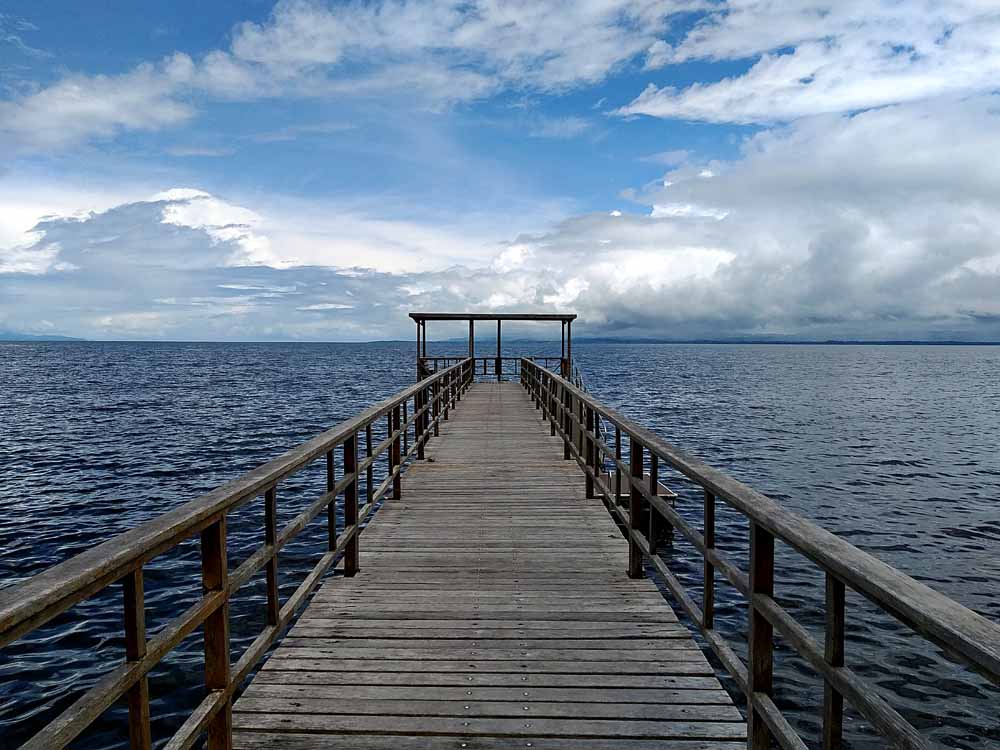
To the nearly 500 email subscribers: I hope you read on for the other 11 favorite photos . . .
Leptodactylus savagei
That’s the species name with there being 5 different species of Leptodactylus genus frogs in Costa Rica, all five appearing on the Pacific Slope and 3 on the Caribbean or Atlantic Slope. World-wide there are 75 species of Leptodactylus! This Leptodactylus savagei appears on both slopes of Costa Rica and was earlier called “Savage’s Thin-toed Frog,” but now goes by two common names: “Central American Bullfrog” and “Smoky Jungle Frog.” This genus Leptodactylus is the largest frog in Costa Rica (and probably all of Central America.) This particular species appears from Honduras to Colombia.
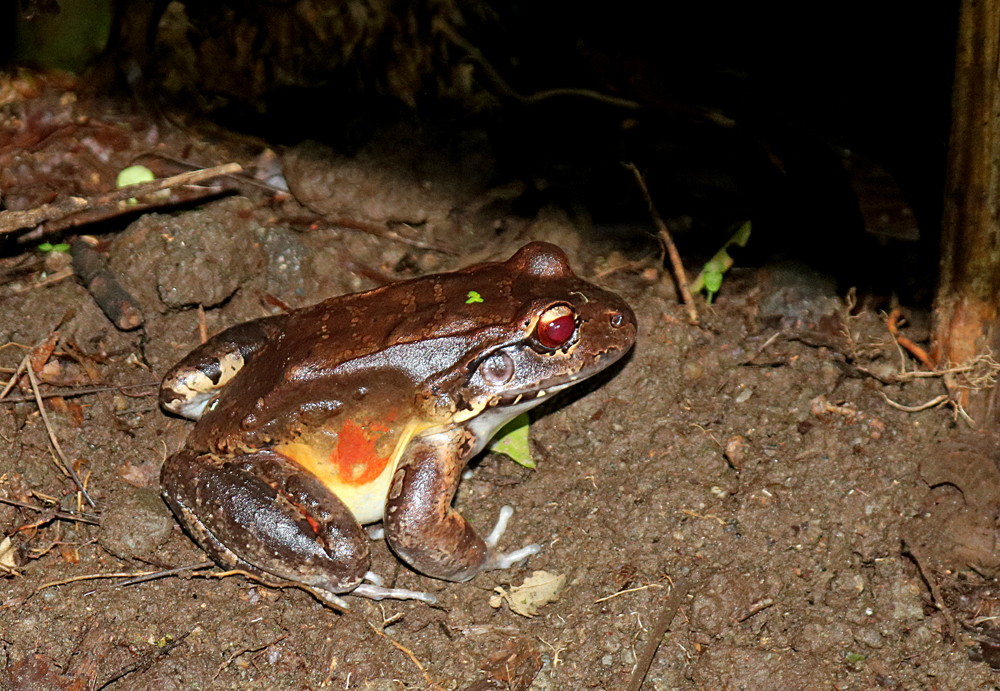
I just got a new Amphibian Field Guide here at this lodge which will help me to better identify and explain the sightings and photos I post on this site. There are 3 other frogs pictured in my Central American Bullfrog GALLERY and I’m reasonably certain that they are all in the genus Leptodactylus, but I need to study them more to specify the exact species. I don’t think they are all “savagei.”
This was just one more of the creatures spotted and photographed on my private Night Walk last night, seen at the lodge’s “Frog Pond” just like the Red-eyed Tree Frogs I posted early this morning. I will be posting other creatures from that night walk here in time. 🙂
Red-eyed Tree Frog
My main reason for going on “Night Hikes” is to get more photos of this beautiful symbol of Costa Rica that almost looks “unreal” with his bright colors and “other worldly” look. But he is very real and best photographed with a cellphone as these two were, in the light of a flashlight. Just one more totally cool thing about living retired in Costa Rica! 🙂
I got a lot of other photos of other frogs, snakes, spiders, other insects, but these were my two favorite, so all for now with more to be shared another time.
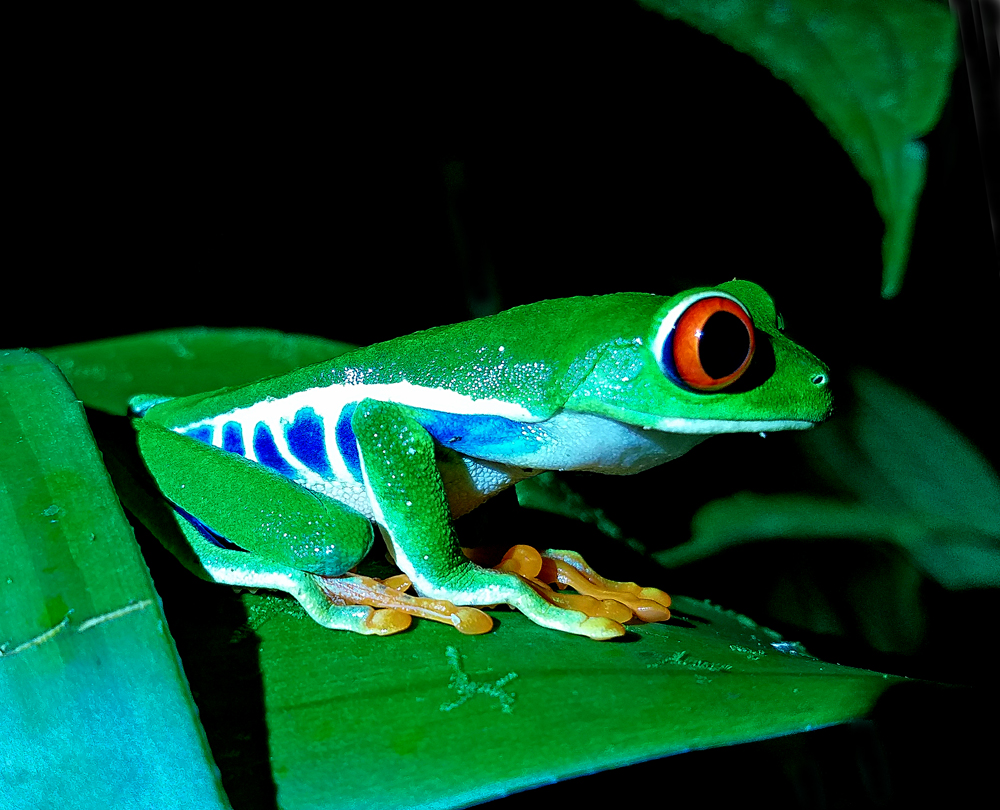
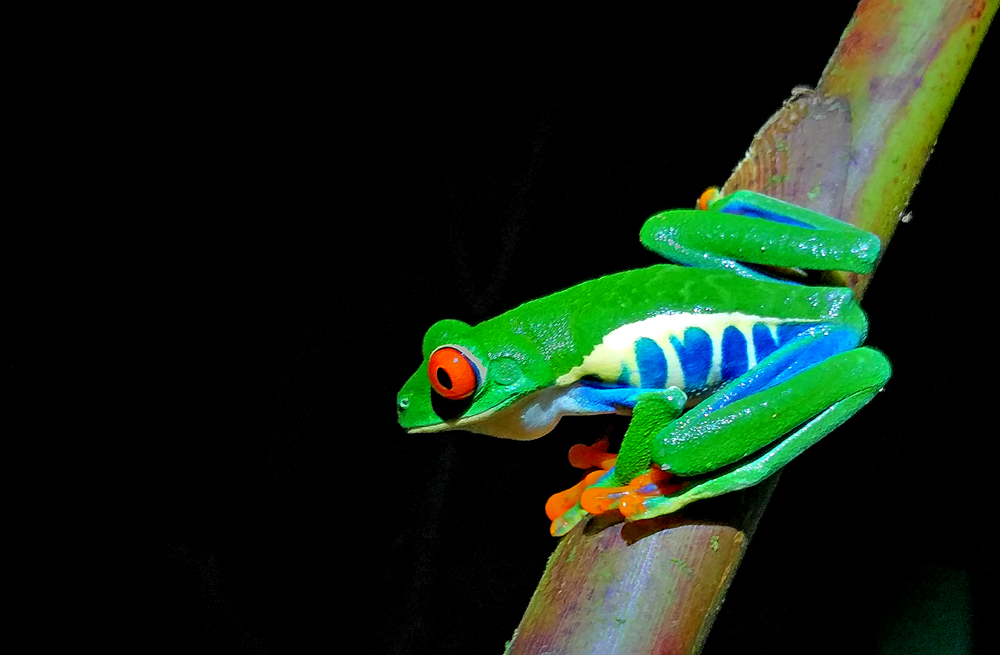
¡Pura Vida!
Liking the Lichens
Photographed under the same Higueron Tree as yesterday’s mushrooms, only a few days later and the mushrooms were gone! 🙂
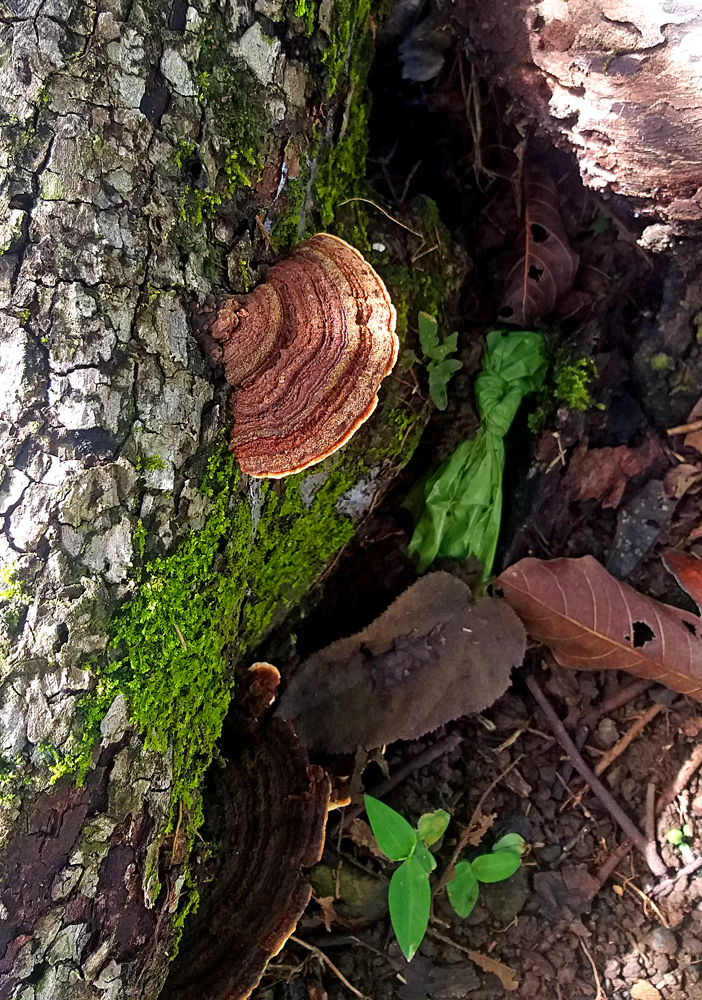
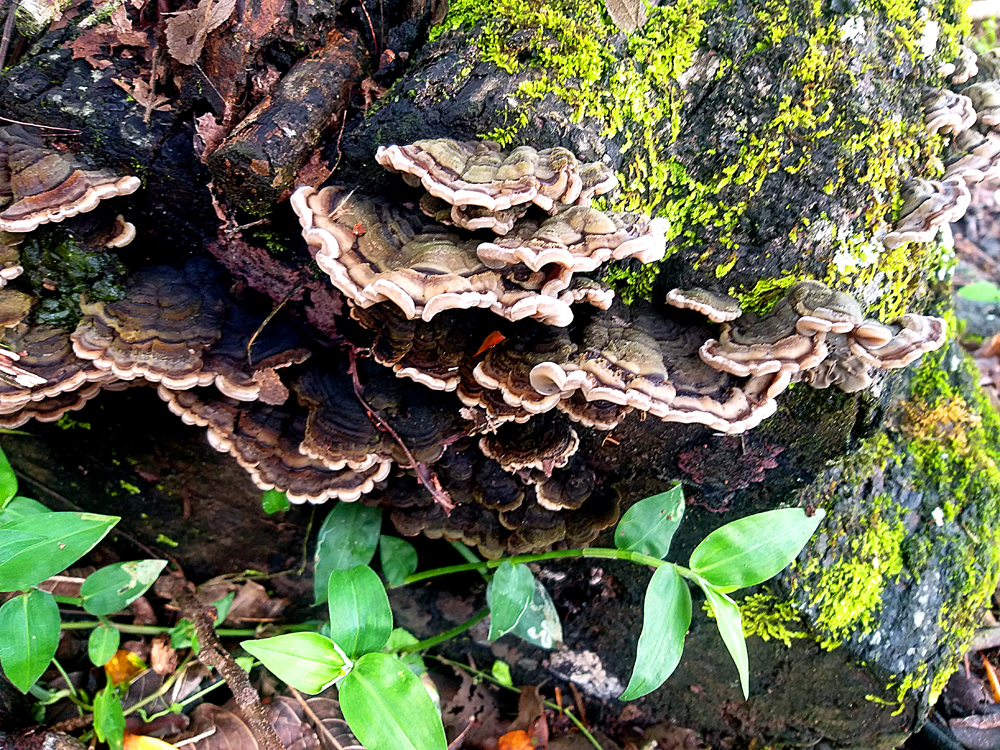
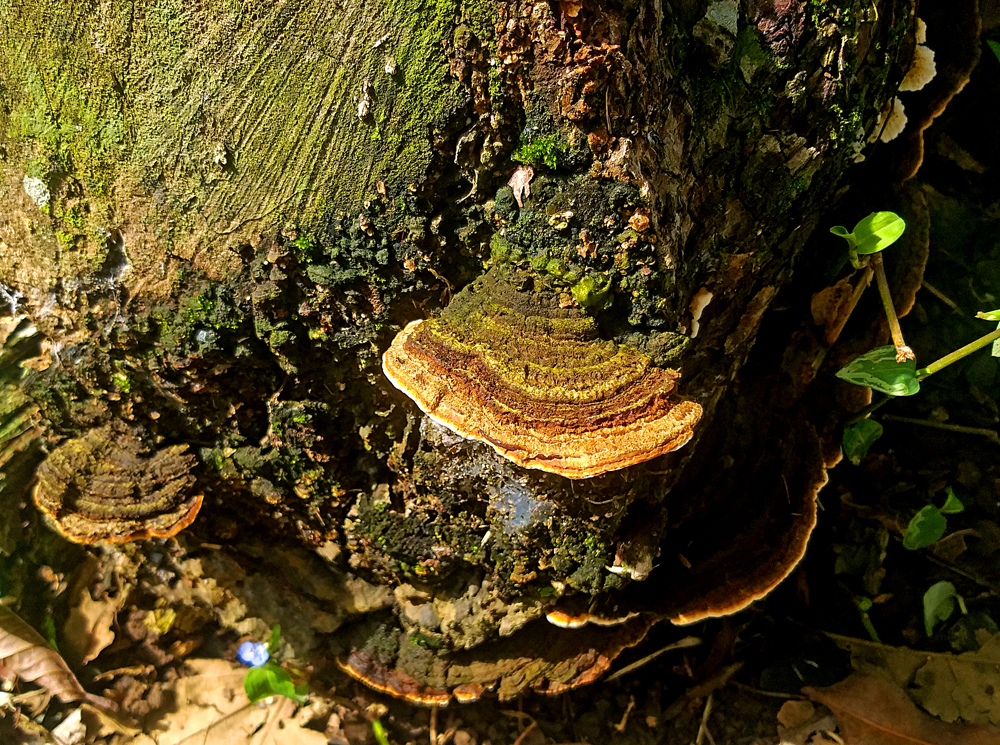
¡Pura Vida!
See also my Just Fungi GALLERY!
🙂
Parasola plicatilis: The Pleated Inkcap Mushroom
and one website called it an “Urban Mushroom” while a third site more logically called it the “Japanese Parasol Mushroom.” 🙂 These were seen on a morning walk growing under the Higueron Tree (Strangler Fig) by the cow pasture in front of my house. This identity was found on the internet which sometimes works if I use the right words! 🙂 I started to just call them “Fluted Mushrooms” (my first impression) but learned on the internet search that that is the name of a culinary recipe! 🙂 There is also a “Fluted Bird’s Nest Mushroom” that is different and concave like a nest. Nature continues to entertain me! 🙂
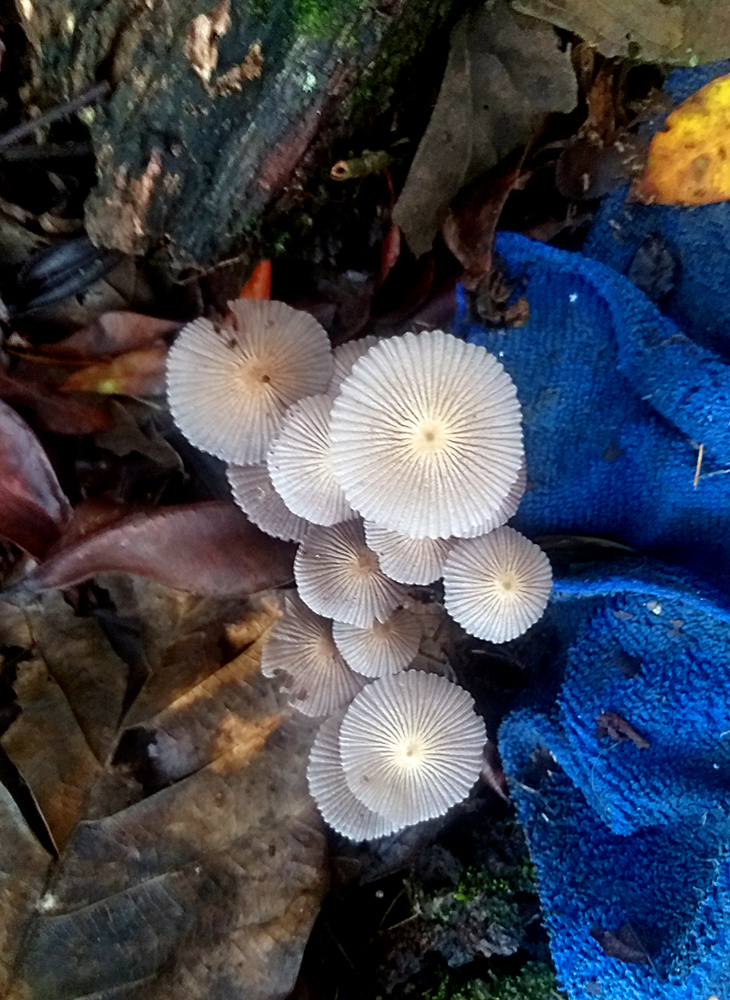
Banded Peacock
In addition to the Satyrs, several of these Banded Peacock butterflies are staying around while the bulk of butterflies seem to have gone from my gardens.
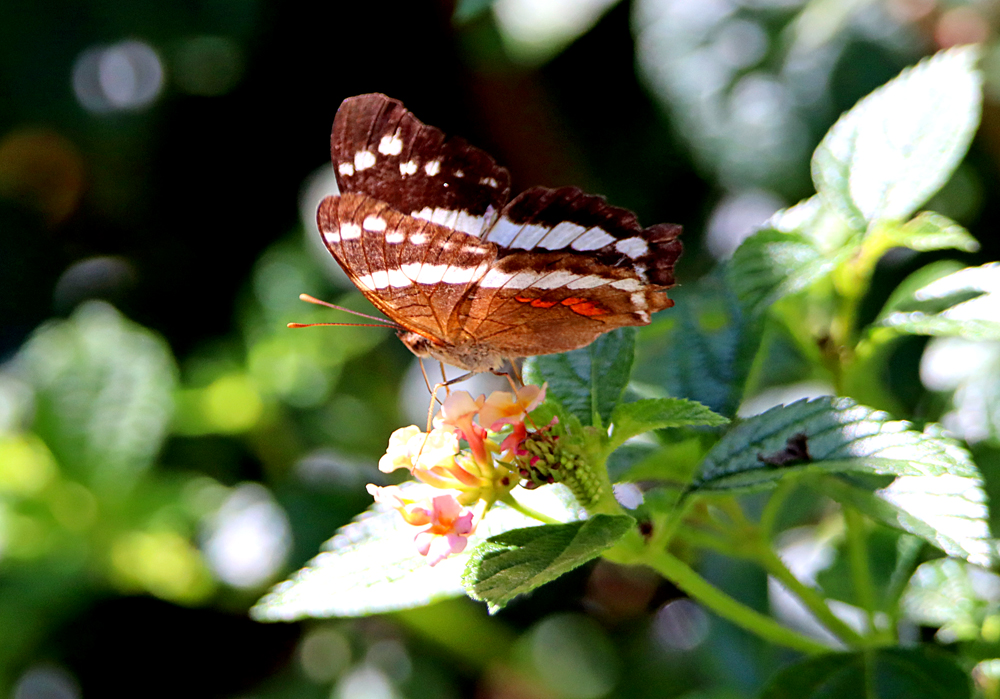
Morning Vista . . .
. . . is one I never tire of and though the same, it is slightly different every morning with changing light, sky, clouds and foliage. I am so thankful to live retired in a tranquil little farming town in what might be the most nature-centered and ecology-minded little country in the world! We use 99% renewable electricity and are slowly but steadily moving towards electric cars and buses and have more than 25% of the country’s land set aside in reserves or national parks and we still plant trees! Pura vida!

¡Pura Vida!
View GALLERY: From My Roca Verde Terrace
Jumping Spider Eats Butterfly!
I never before thought of my garden as a place of carnage, but insects eating other insects is quite normal and helps with the balance and ecology – then I witnessed it first hand this past Tuesday morning as I focused my camera on what I hoped was a new butterfly species (it was!). This, my first Mallow Scrub-Hairstreak (Strymon istapa) was flying and landed on one of my Heliconia flowers (1st photo below) and when I snapped this photo that tiny Jumping Spider (Salticidae) down below him in the photo jumped up on the little butterfly (with attached silk thread) and grabbed the butterfly by its head, biting it with a venomous bite that instantly paralyzed and will soon kill the butterfly which the Jumping Spider will eat. I did not stay around for the full meal, but photos of three stages follow this one. 🙂
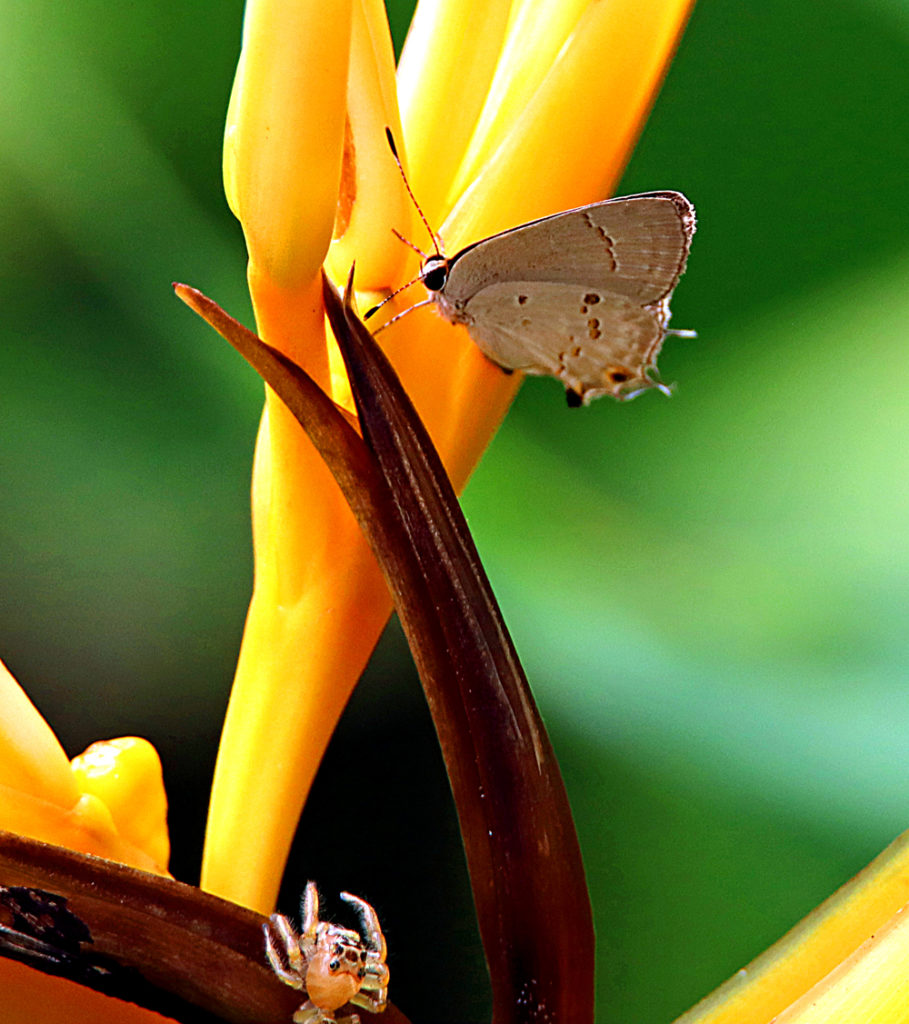
3 more photos below of the capture, paralyzing and preparing to eat.
Continue reading “Jumping Spider Eats Butterfly!”Appreciating a Neighbor
My walks to town or “Central Atenas,” as they call it here, always includes passing the house of a family that plants many flowers, including a zinnia garden at least twice a year. As I walk by I often pull out my cell phone and snap a butterfly or flower. To show my appreciation of these who take the time to plant flowers, I made a little 20-page photo book of the butterflies I photographed over the last year in their garden and will take 3 copies to them as a Christmas gift once the books arrive. You can preview every page of the book for free by clicking the front cover image below or go to this address and click the word “Preview” then each page to see the next: https://www.blurb.com/b/11328129-jard-n-de-mariposas
Of course it’s in Spanish. That’s the language of Costa Rica! 🙂
¡Pura Vida!
